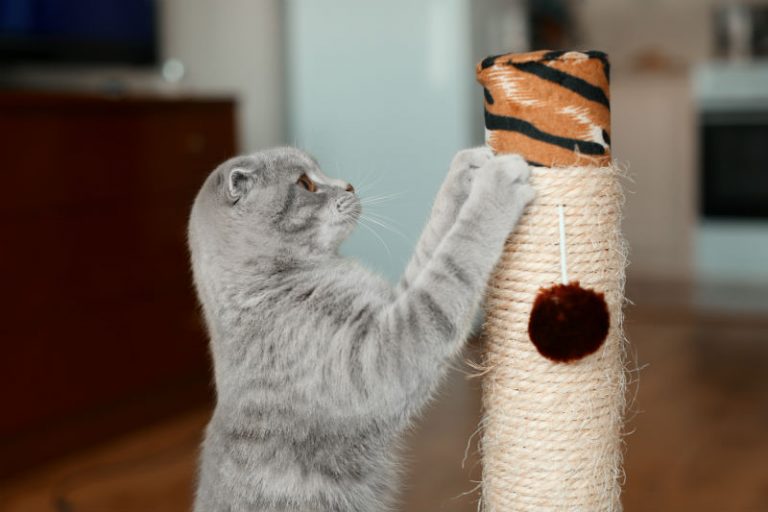Recognizing Signs and Symptoms
Noticing subtle changes in normal routines may alert you to an issue that you can address with your veterinarian before it turns into a problem. Here are a few of them:
1. Eating
Know the actual amount of food eaten by your cat in a 24-hour period. Watching your cat go to the food bowl and eat a bite or two is not sufficient. Once you know the typical amounts consumed in your household, you don’t have to be obsessive, just observant.
2. Drinking
Know where and from what type of container your cat likes to drink (bowl, fountain, glass on the nightstand, bathroom faucet). It is not as easy to measure exact water consumption as it is with food consumption, but you can watch for significant changes in drinking behaviour.
3. Urinating
Know how often and how much urine your cat produces daily. Clumping litter makes it very easy to know the number and size of urination. Be sure to attend to the litter box(es) at least once daily. The idea is to understand what standard looks like so that you will notice any change.
4. Defecating
Know how often and how much your cat defecates every day. No matter what type of litter you are using, bowel movements should be scooped at least daily. Notice colour shape and consistency – it only takes a moment as you transfer it to a trash bag or the toilet to flush.
5. Temperament
An individual’s basic approach to life remains pretty consistent, and it is essential to know whether your cat prefers to “run first ask questions later,” “boldly go where angels fear to tread,” “go along to get along” or “take charge.” Providing a sanctuary for the cautious cat and a “cat proof” environment for the adventurous troublemaker will help both you and your cat.
6. Sleeping & Napping
Know where each of your cats spends his or her time. Most cats nap where the sun or the action is – at a window, on your desk, in the TV room, etc. They sleep where it is safe, warm, and quiet (often in a bedroom). An average indoor adult cat will sleep 14-16 hours a day and will have 3-4 favourite napping spots.
7. Action & Interaction
Know your cat’s typical daily activity – greeting you at the door, waking you in the morning, following you to the bathroom, playing with toys, playing with housemates, grooming, watching the outdoor activity from a window, dashing about in a brief wild romp, etc. Any change to their usual routine warrants investigation or discussion with your veterinarian.
From the American Association of Feline Practitioners
Written by Chris MacDonald, DVM




